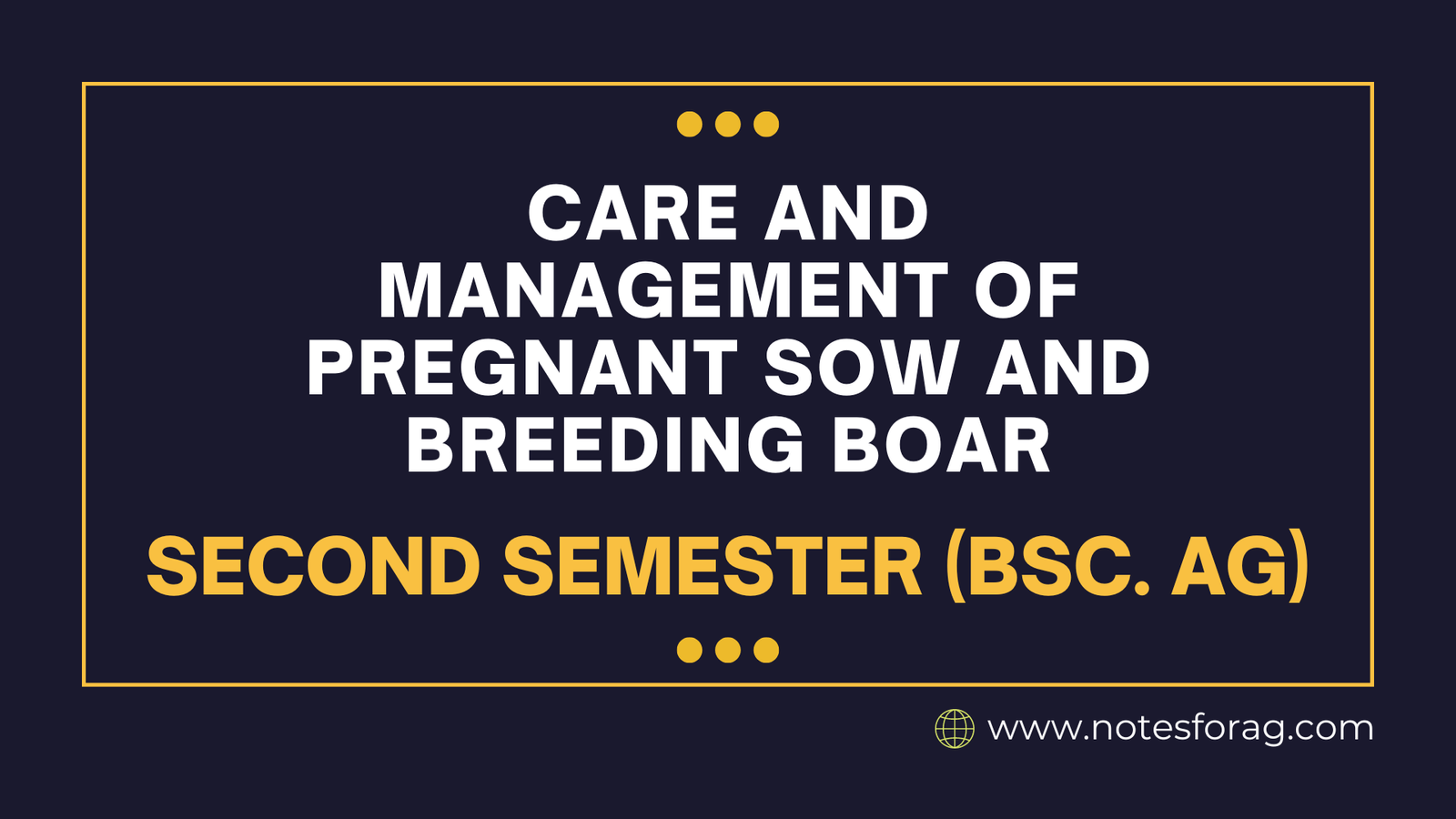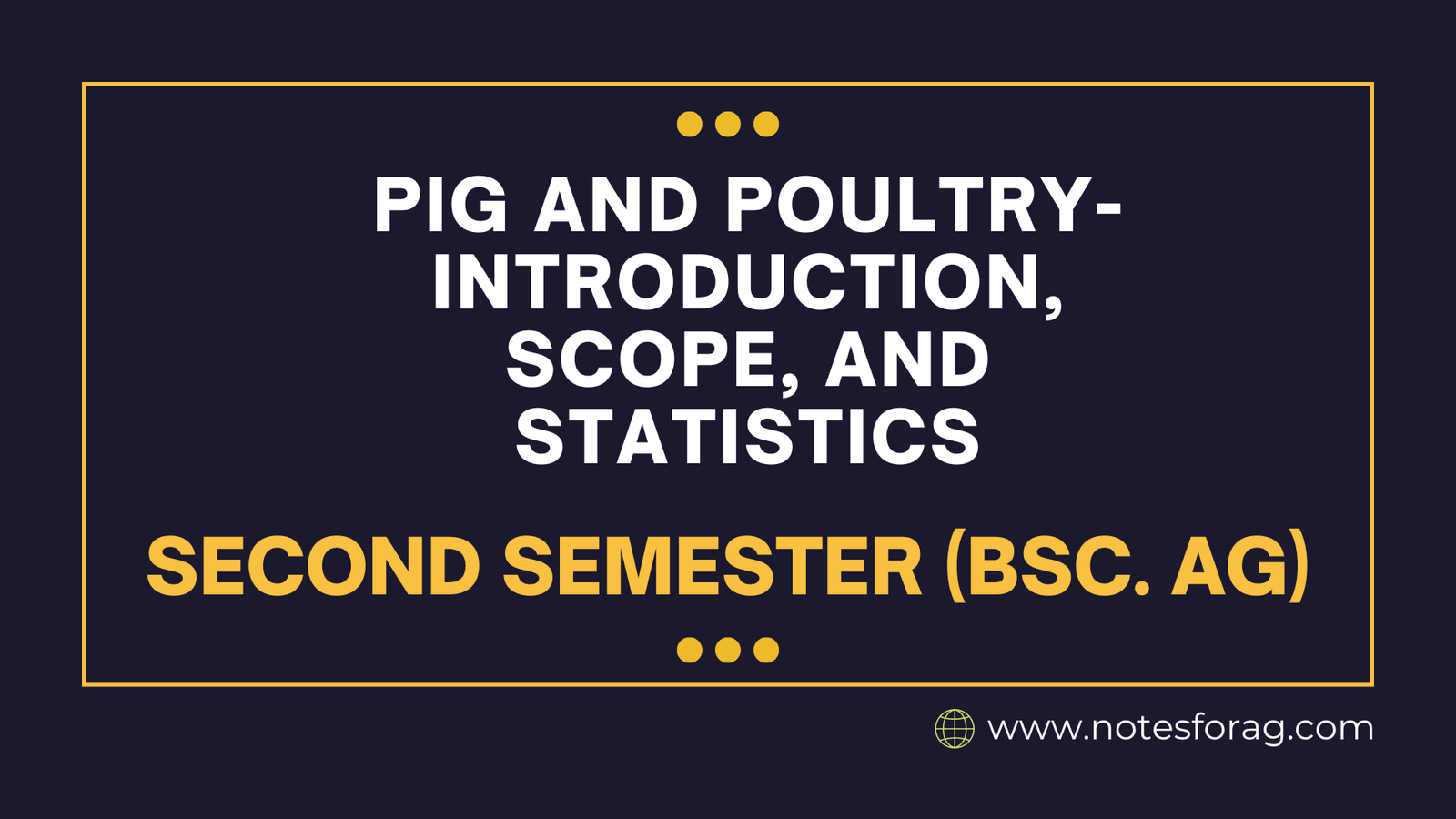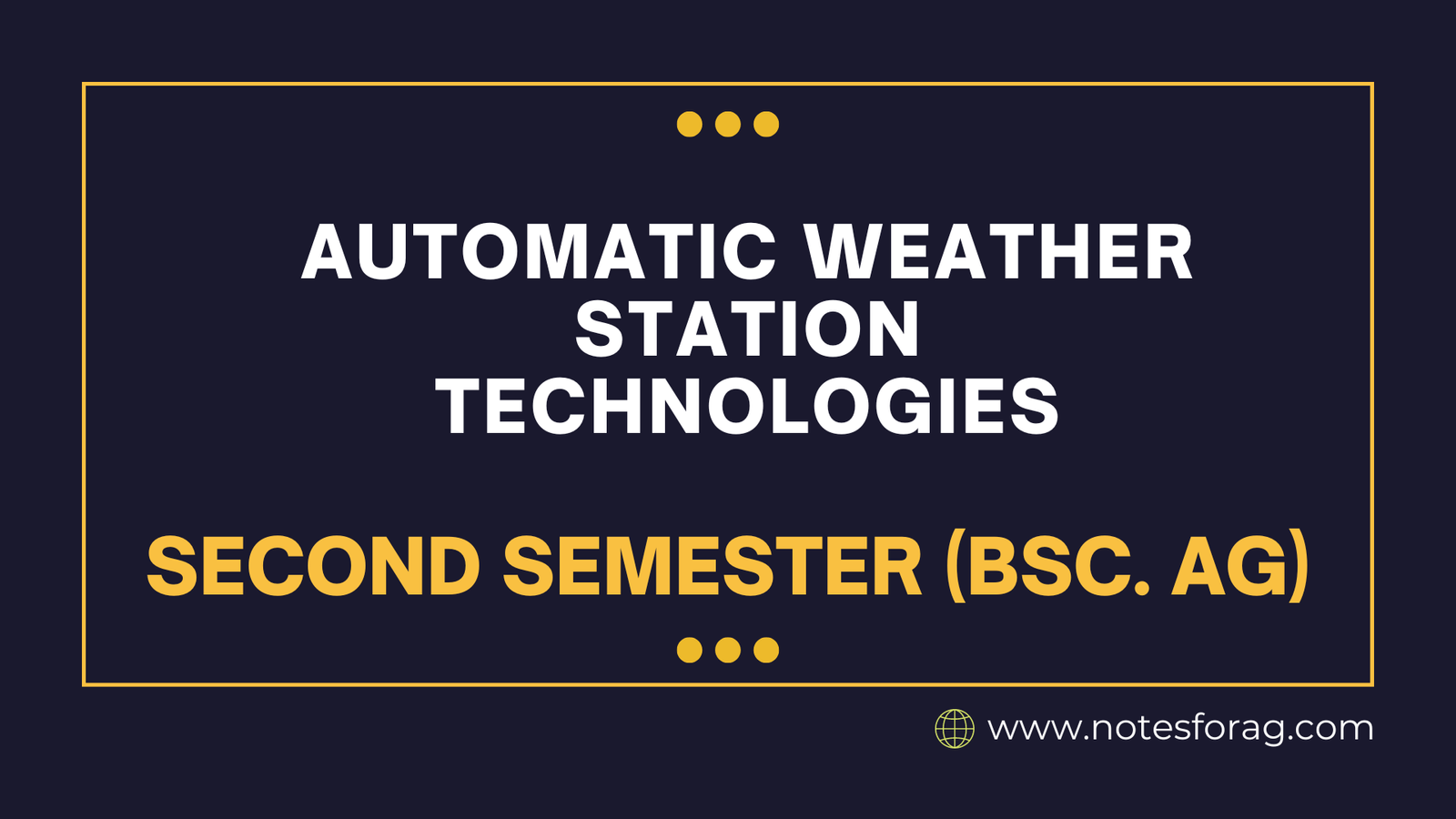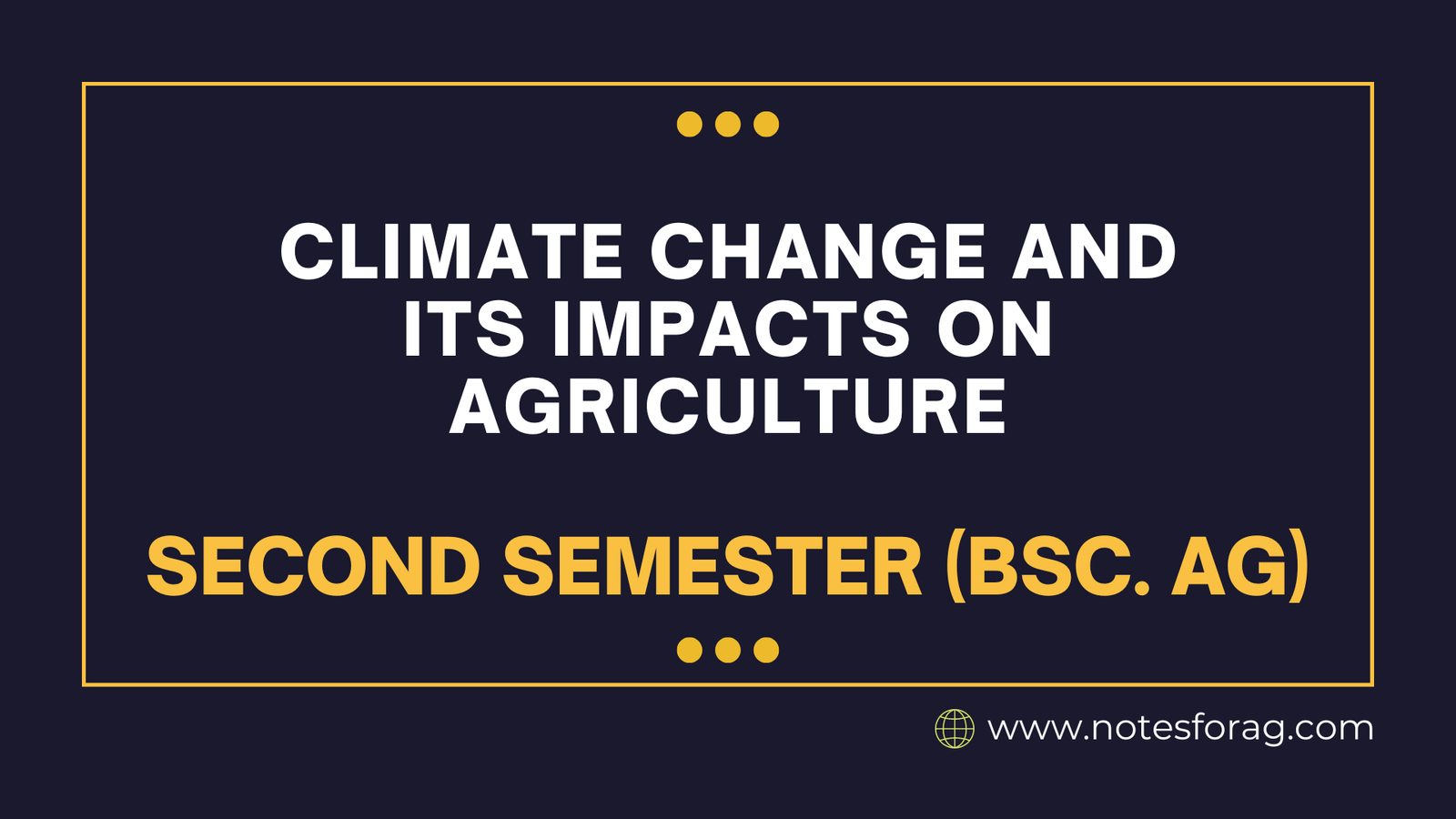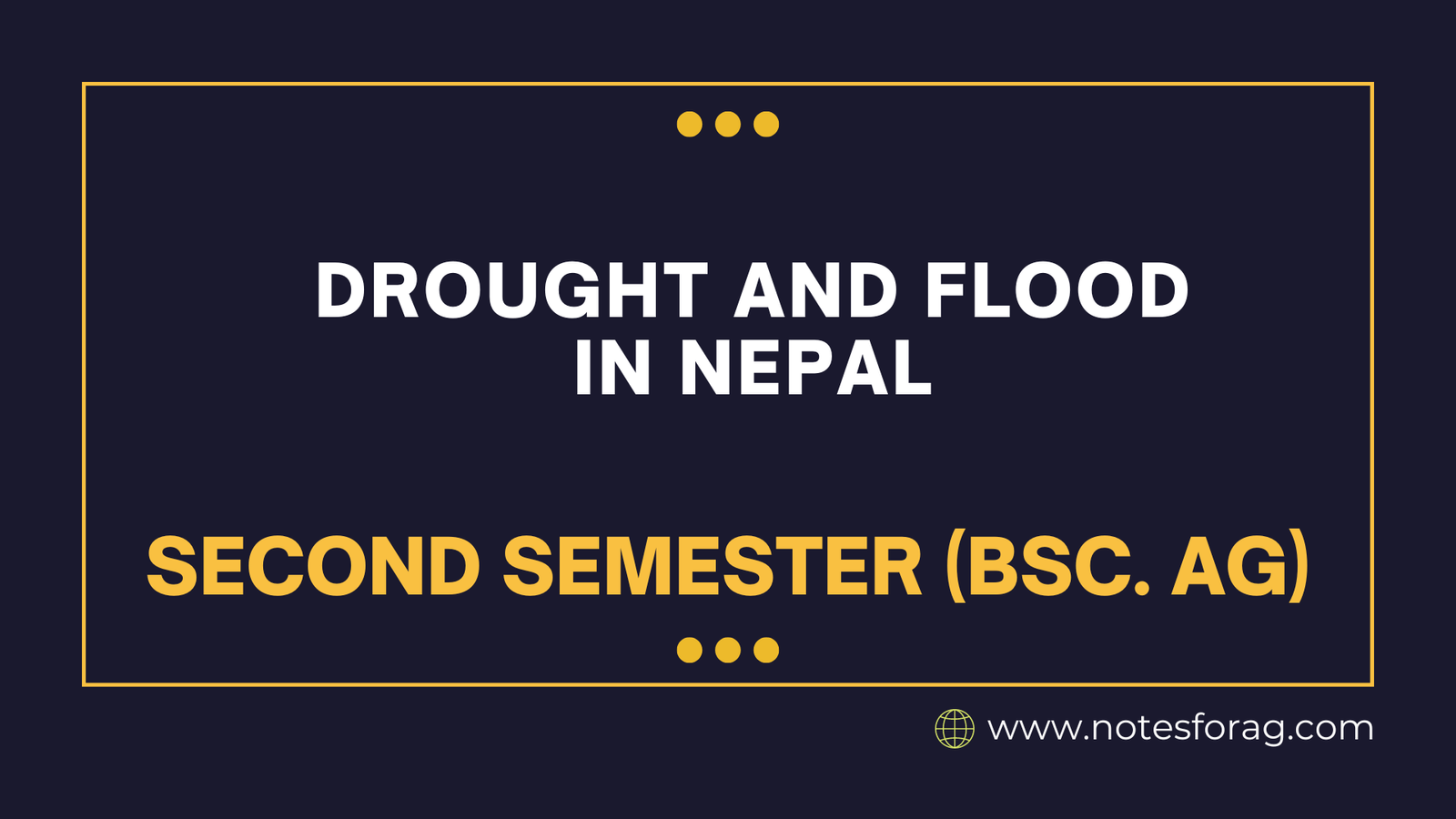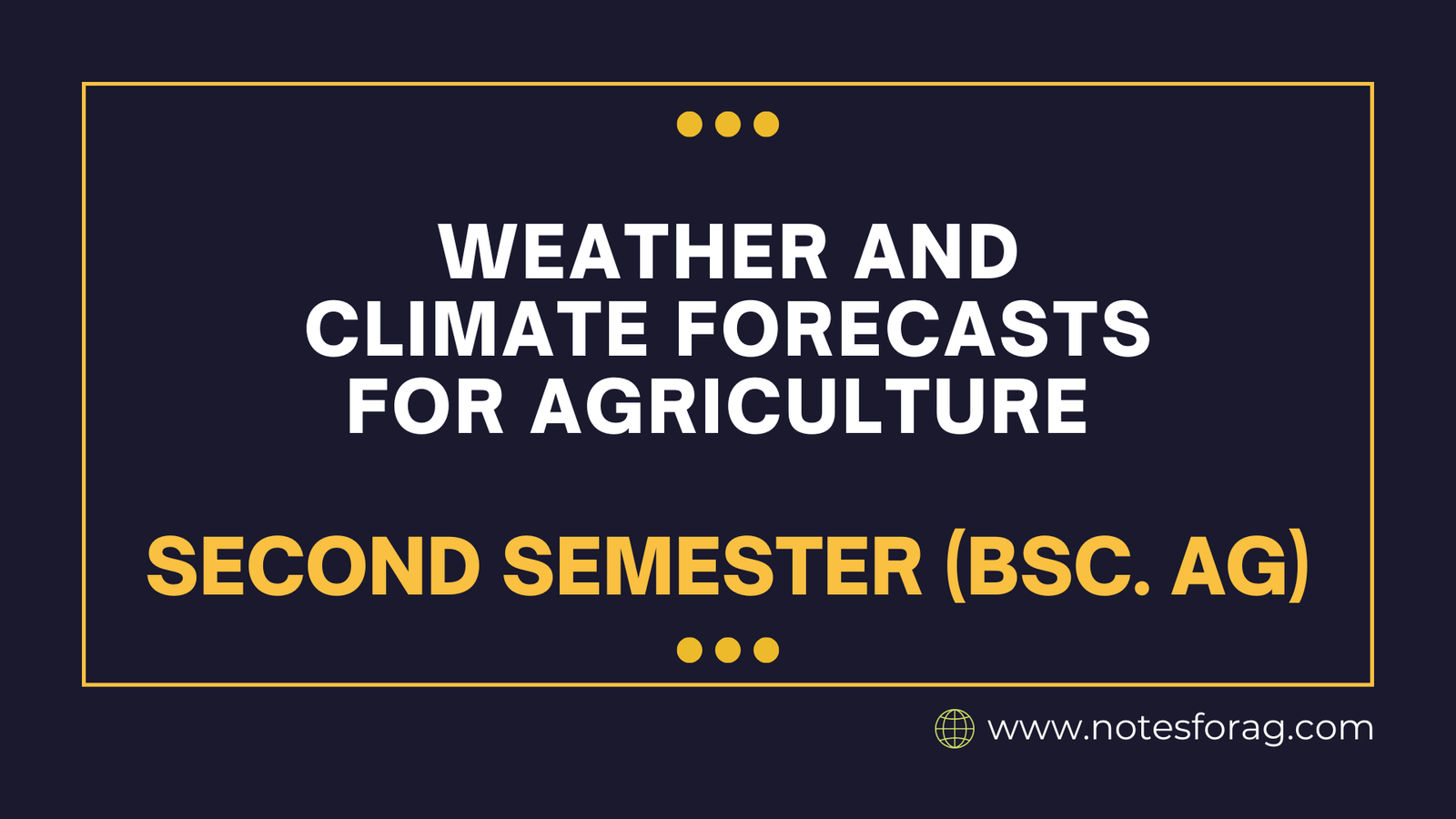Poultry- Commonly used managerial practices
Common managerial methods in poultry farming are aimed at improving the birds’ health, production, and wellbeing. These practices include balanced diet, clean and comfortable housing, biosecurity measures to minimize illness transmission, and proper ventilation and temperature control. Regular health monitoring, vaccination programs, and stress-reduction measures are all necessary. Effective management strives to foster growth, reduce … Read more


